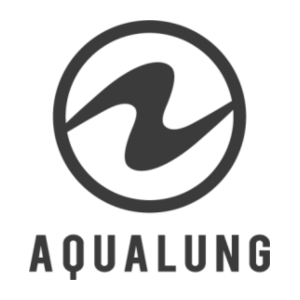What are Biorocks?
Have you heard about the famous biorocks? Biorocks are the key element of a hugely successful reef restoration project. The Biorock process was developed by Wolf Hilbertz and Thomas Goreau, a Jamaikan and German team of marine biologist and architect. Creating a biorock involves passing a mild electrical current through a metal frame which is placed on the seabed in a place where it is intended to grow a new coral reef. Actually, the process encourages the electrolysis of seawater. Electricity is used to promote the growth of calcium carbonate and other minerals, which build up on the surface of the metal.
“
“Our past, our present, and whatever remains of our future, absolutely depend on what we do now.”
Hard corals quickly attach to this material. Alternatively, they are being attached to it manually. Thanks to the electric current and the base minerals, coral growth is accelerated by up to four times. Once the structures are placed in the ocean it usually only takes a few days for fish to find it interesting and stick around. The new artificial reef of hard corals usually attracts a lot of marine life to settle in. Biorock structures are in place in Indonesia, the Maldives, Papua New Guinea, the Seychelles, Japan, the Caribbean and the Pacific. The biorock process is being promoted as a way to rehabilitate damaged coral reefs in all tropical areas.
Biorock reefs turn infertile dead and dying areas into pristine reefs full of fish in just a few years. This is also true for regions where natural recovery is impossible. All that’s needed is water that is not too hot, muddy or polluted. Even when other coral on natural or artificial reefs dies, Biorock corals continue to thrive. Thus, the biorock technology doesn’t only make the reefs grow faster, it also protects corals against bleaching events. Bleaching is caused by warming sea temperatures which in turn is a result of global warming. Coral reefs all around the world have suffered massively from high water temperatures and are threatened by further warming. Corals growing on biorock reefs have 1600% to 5000% times higher survival rate during a bleaching event and could help not only the restoration but also the preservation of coral reefs worldwide.
Why do we need biorocks on the Gili Islands?
Luckily, we still find beautiful coral life on the Gili Islands but some areas around the Gilis were subject to destructive fishing methods in the past. The fishing methods included dynamite and cyanide fishing. Thankfully those times have passed but there are still threats to the coral reefs. Even though anchors are unaccepted and illegal in the Gilis, they are still used by unregistered snorkel tours and import boats in certain parts of the islands. An anchor, once dropped leaves an area of destruction. Unfortunately, the Gilis were also affected by the two major bleaching events that followed el Nino in 1998 and 2016. Unfortunaltely severe el Ninos have an increased frequency and more durable corals are needed to stand tall against a warming ocean. With help from coral restoration and biorock technology in the Gilis, more corals will survive these threats. This again sustains life underwater, provides oxygen and protects beaches from erosion.
Who is in charge on the Gili Islands?
On the Gilis Island, the Gili Eco Trust has established a large number of biorock structures to promote coral restoration. The Gili Eco Trust was founded on 2000 by the dive shops on the Gili Islands to financially support SATGAS, a local initiative to protect corals on the Gilis. In 2004, Delphine Robbe, coordinator of the Gili Eco Trust, brough the biorock technology to the Gili Islands. Since then, more that 150 biorocks were placed in the water around the Gili Islands, fostering a lot new coral reefs and a vast array of fish. Since 2006 the Gili eco Trust hosts biannual biorock workshops. Some of the older structures have by now collapsed under the weight of corals. Newer structures are still standing and you will also find research plots with coral nurseries. The biorocks shelter a lot of marine life such as giant frogfish and schools of razor- or shrimpfish. These Biorock structures shelter plenty of life including giant frogfish and small schools of razor- or shrimpfish. Cuttlefish, octopus and scorpionfish are also abundant around the biorocks and they are one of the best places to find ghost pipefish. Biorocks are absolutely awesome on a night dive but also day dives are usually full of surprises and beauty.










